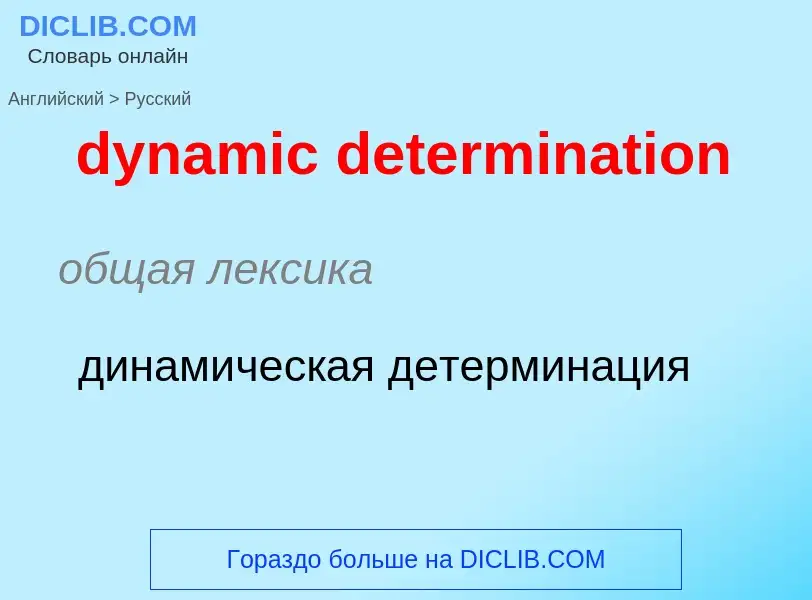Vertaling en analyse van woorden door kunstmatige intelligentie ChatGPT
Op deze pagina kunt u een gedetailleerde analyse krijgen van een woord of zin, geproduceerd met behulp van de beste kunstmatige intelligentietechnologie tot nu toe:
- hoe het woord wordt gebruikt
- gebruiksfrequentie
- het wordt vaker gebruikt in mondelinge of schriftelijke toespraken
- opties voor woordvertaling
- Gebruiksvoorbeelden (meerdere zinnen met vertaling)
- etymologie
dynamic determination - vertaling naar russisch
общая лексика
динамическая детерминация
общая лексика
гоносома
половая хромосома
общая лексика
гетерохромосома
аллосома
медицина
гетеросома
Definitie
Wikipedia

Orbit determination is the estimation of orbits of objects such as moons, planets, and spacecraft. One major application is to allow tracking newly observed asteroids and verify that they have not been previously discovered. The basic methods were discovered in the 17th century and have been continuously refined.
Observations are the raw data fed into orbit determination algorithms. Observations made by a ground-based observer typically consist of time-tagged azimuth, elevation, range, and/or range rate values. Telescopes or radar apparatus are used, because naked-eye observations are inadequate for precise orbit determination. With more or better observations, the accuracy of the orbit determination process also improves, and fewer "false alarms" result.
After orbits are determined, mathematical propagation techniques can be used to predict the future positions of orbiting objects. As time goes by, the actual path of an orbiting object tends to diverge from the predicted path (especially if the object is subject to difficult-to-predict perturbations such as atmospheric drag), and a new orbit determination using new observations serves to re-calibrate knowledge of the orbit.
Satellite tracking is another major application. For the US and partner countries, to the extent that optical and radar resources allow, the Joint Space Operations Center gathers observations of all objects in Earth orbit. The observations are used in new orbit determination calculations that maintain the overall accuracy of the satellite catalog. Collision avoidance calculations may use this data to calculate the probability that one orbiting object will collide with another. A satellite's operator may decide to adjust the orbit, if the risk of collision in the present orbit is unacceptable. (It is not possible to adjust the orbit for events of very low probability; it would soon use up the propellant the satellite carries for orbital station-keeping.) Other countries, including Russia and China, have similar tracking assets.



